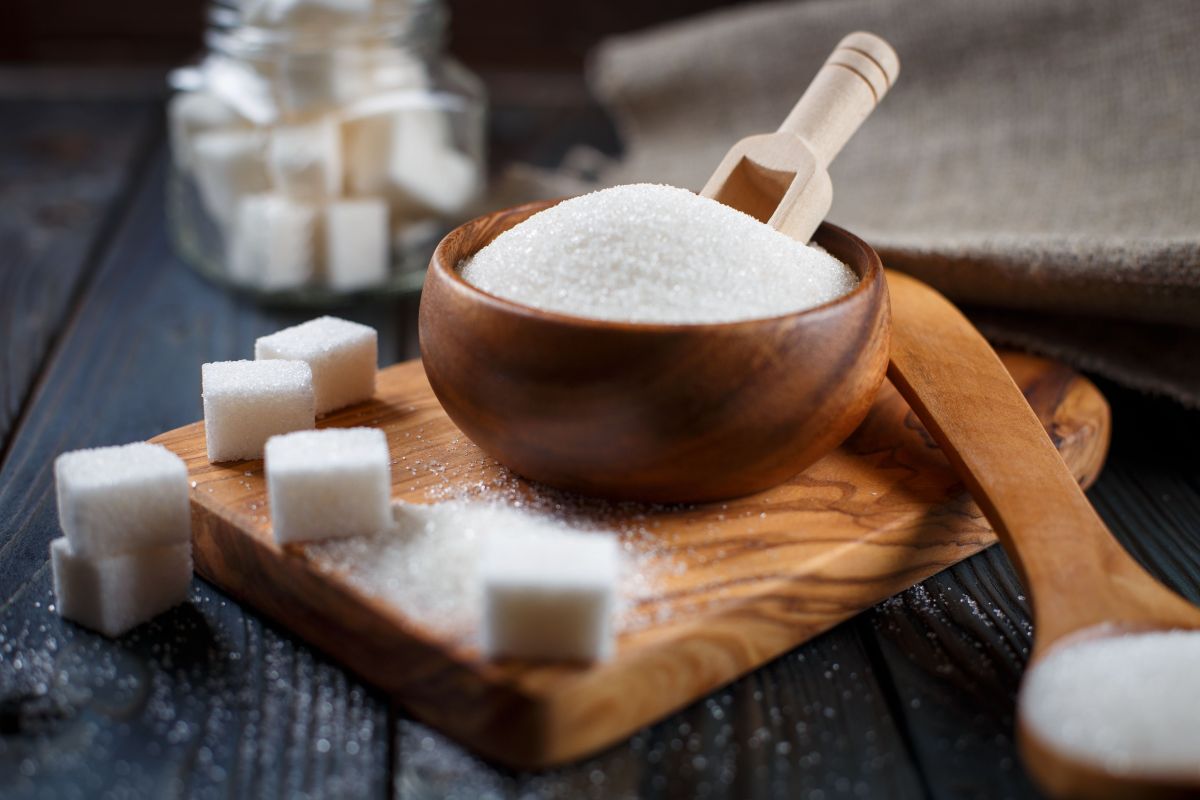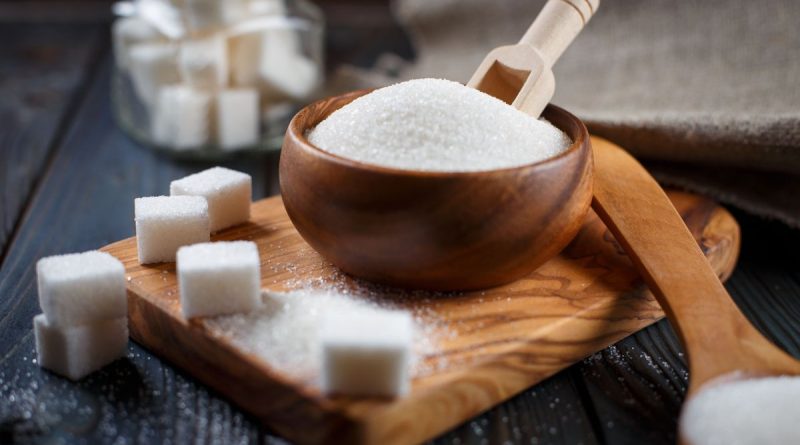What other names is sugar hiding in packaged food products | The State

Added or added sugars are those sugars or caloric sweeteners added to food or beverages during its processing or preparation; like when you add sugar to your coffee or those that are incorporated into breakfast cereals, cakes, cookies, sweets and soft drinks.
There is no need or benefit to eating added sugar, provide additional calories and zero nutrients to food. So according to the Harvard School of Public Health, it is best to avoid products that have a lot of added sugar, even skip foods that list “sugar” as the first or second ingredient.
Don’t be fooled, to avoid putting sugar as the first ingredient, some ingredient lists mask the amount of sugar in a product. They can use different forms of sugar with a different name, and list each one individually on the nutrient label.
Added sugars can include natural sugars as well as others Caloric sweeteners that are manufactured chemically. Although some sugars may seem healthy, such as agave nectar, honey, maple syrup, coconut sugar, or date sugar have a similar effect on the body as other added sugars.
Other names for sugar you can see on food labels:
- Brown sugar
- Sugar or malt syrup
- Sugar cane
- Agave nectar
- Evaporated cane juice
- Honey
- Molasses
- Maple syrup
- Glucose
- Corn sweetener
- Corn syrup
- High fructose corn syrup
- Cane crystals
- Fruit juice concentrates
- Invert sugar
- Sugar molecules that end in “ose” (dextrose, fructose, glucose, lactose, maltose, sucrose).
Sugars on the label
Total sugars include both added sugars and natural sugars per serving. This includes the natural sugar in milk products (lactose) and fruit (fructose).
If the product does not have fruit or dairy in the ingredients, all the sugars in the food come from added sugars.
When reading nutritional labels consider that 4 grams of added sugar equals 1 teaspoon of sugar.
To find out how many calories from sugar a product gives you for each serving, consider that each gram of sugar has 4 calories. So if a product has 35g of sugar, that equals 140 calories from sugar.
How much added sugar a day is too much?
The American Heart Association (AHA) recommends limiting added sugar to 9 teaspoons (36 grams) per day for most mens and 6 teaspoons (25 grams) per day for most women and children over 2 years.
With a single soft drink you can reach the daily intake limit. A 12-ounce can Coca-Cola has 39 grams of added sugars.
Foods that contain a large amount of added sugar
Sugary drinks such as soft drinks, juices, sports and energy drinks; baked goods, candy, cereals, dairy products, and desserts.
Limiting the consumption of added sugar is beneficial for your weight and health. Consuming too much added sugar leads to overweight and obesity, which are risk factors for diabetes; also can raise blood pressure and increase inflammation chronicle, which lead to heart diseases.
It may interest you:
.

